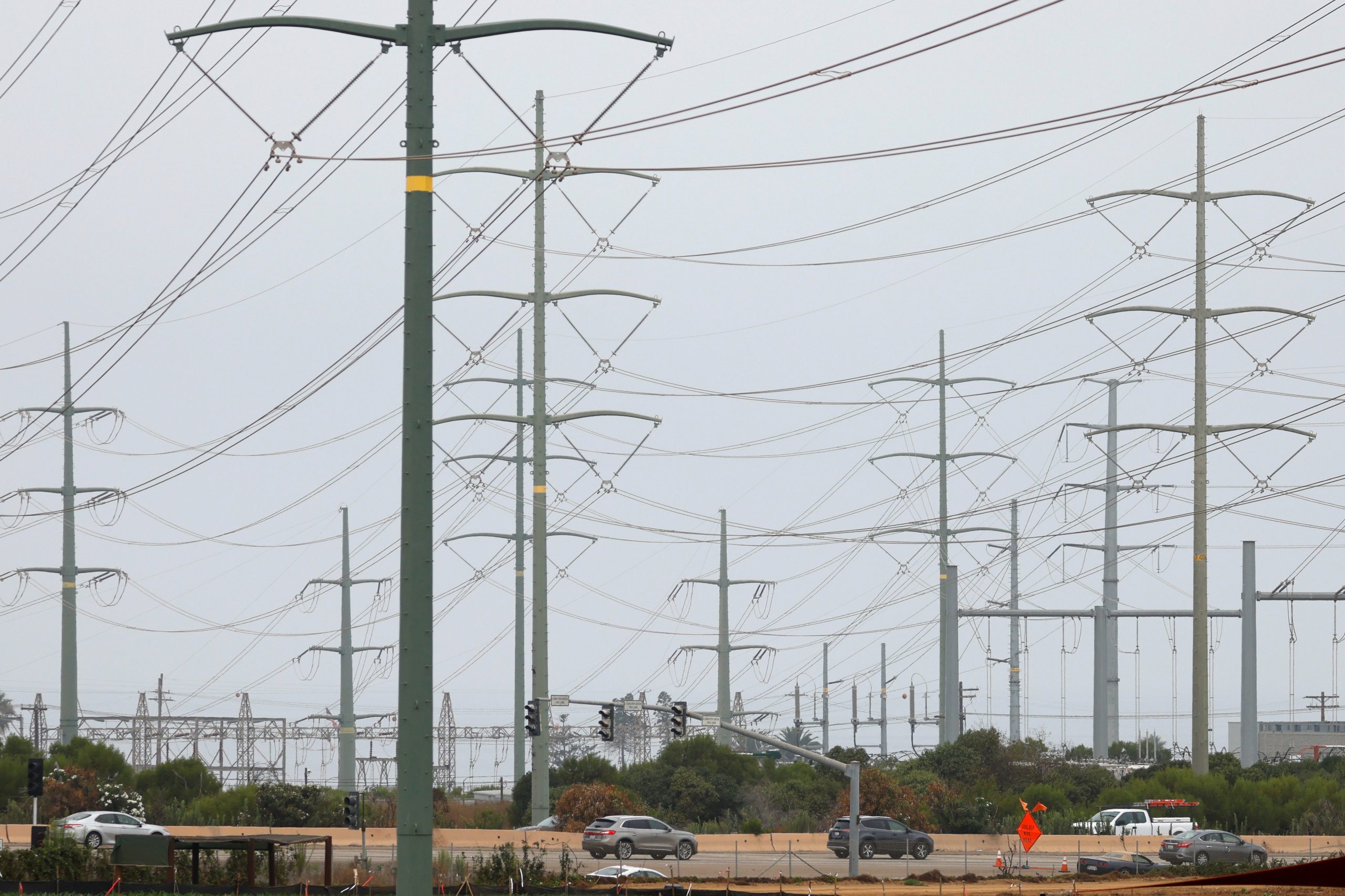
Matt Bush, FISM News
[elfsight_social_share_buttons id=”1″]
As companies attempt to transition to green energy resources, experts fear that electricity shortages and blackouts could plague much of America this summer.
On April 7 CBS News released a report raising concerns that an early heatwave, in combination with an ongoing drought in California, may significantly impact the power grid. The report also highlighted other potential issues created by turning to “green resources” for the electric grid.
According to the California Energy Commission, roughly 14% of power to the grid comes from hydropower. Seasons of drought greatly decrease hydropower production and can be devastating to the electric grid. As the current drought and heatwave converge in California, blackouts are to be expected to increase along with the need for air conditioning in homes and businesses.
This same dilemma presents concern for other forms of renewable energy. A power source that relies too heavily on solar energy can likewise experience significant disruption amid a hurricane or storm that covers the sun for multiple days.
According to the U.S. Energy Information Administration (EIA), California is the nation’s top producer of electricity from solar, geothermal, and biomass resources and it is second to only Texas in combined total electricity generation from renewable resources. As one of the nation’s leaders in renewable energy, the study of California’s grid affords us a picture of how renewable energy for electricity might work nationwide.
Below are a few items worthy of consideration from California’s experience:
- In 2020, grid operators imposed brief rotating blackouts when a heatwave overwhelmed the grid.
- According to Bloomberg, “The biggest challenge for the power system is during hot evenings in late summer and early fall, when solar production falls after sunset while demand for air-conditioning remains high.” So, warm evenings are a struggle for California’s grid.
- Drought has reduced California’s hydropower which accounts for 14% of the grid.
- Officials have ordered utilities to purchase batteries to help store solar power, one of the most inefficient and costly aspects of using solar grids.
- Without taking into account wildfires or extreme heat, California is expected to be 1,700 mega-watts short this summer, a number that is expected to grow through 2025.
The issue is one experts predict will remain an issue for the foreseeable future as officials push to move towards renewable energy. One expert told Fox News that nuclear plants are being retired at a rate that alternative sources are unable to keep up with.
Mark Rothleder, the COO of the California Independent System Operator, said, “We need to make sure that we have sufficient new resources in place and operational before we let some of these retirements go. Otherwise, we are putting ourselves potentially at risk of having insufficient capacity.”
The Biden Administration is in desperate need of a “win” politically, pressuring the timetable on issues like renewable energy. Yet, conditions in California underscore the need for renewable energy initiatives to be well planned and carefully implemented to be effective and reliable.
